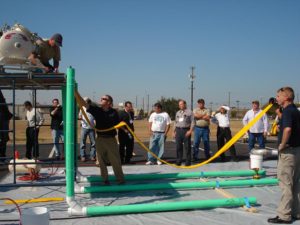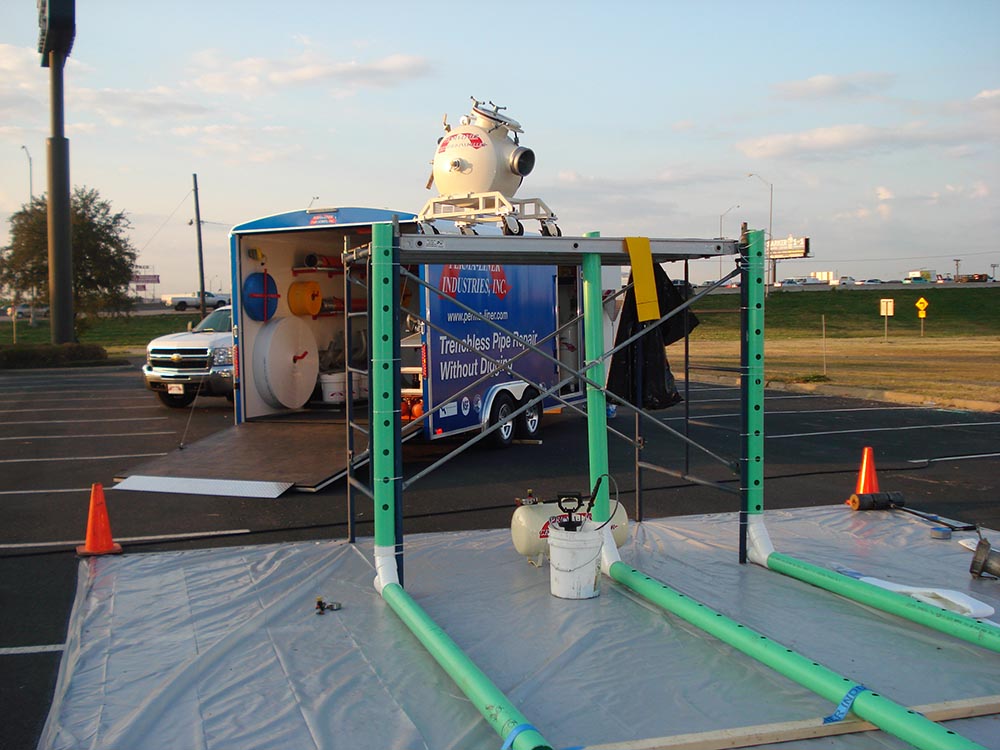The city of Dallas has big plans ahead for The DFW International Airport. A project including renovations to the terminals, rehabilitations of the airfields, as well as several utility infrastructure upgrades is underway. The airport also plans to build a second end-around taxiway to help ease congestion, particularly during peak arrival and departure times during the day. The extensive improvement projects are expected to be ongoing- for up to ten years- until a full completion has been obtained. All told, the airport has approximately 360,000 linear feet of sewer pipelines and 760,000 linear feet of water lines which were built over forty years ago. Since the 1940’s, 70,000 airplanes have been built in North Texas. Their estimated economic impact, not including the infrastructure associated with them, has put $1 trillion into the local economy. One in five jobs in North Texas is aviation related-among the highest concentrations of aviation jobs in the United States- with 140,000 people working just at DFW International Airport. Sixty-three million passengers pass through Texas airports annually, with DFW alone generating $44 billion a year to the North Texas economy.
Fun fact: Fort Worth Aviation Museum’s 26 warbirds span the time period from 1943 to the present. To be considered for the collection, an aircraft must meet one or more of the following collection policy criteria:
- The aircraft must have a relationship to aviation history in North Texas through manufacture or use.
• The aircraft must be used for observation or Forward Air Controller.
• The aircraft must have been utilized by Forward Air Controllers
The Fort Worth Aviation Museum is a great place to learn more about the history of aeronautics! This unique museum includes exhibits and an air park of 24 airplanes. The museum hosts a celebration each year to commemorate the first powered airplane flight in Fort Worth’s History.










